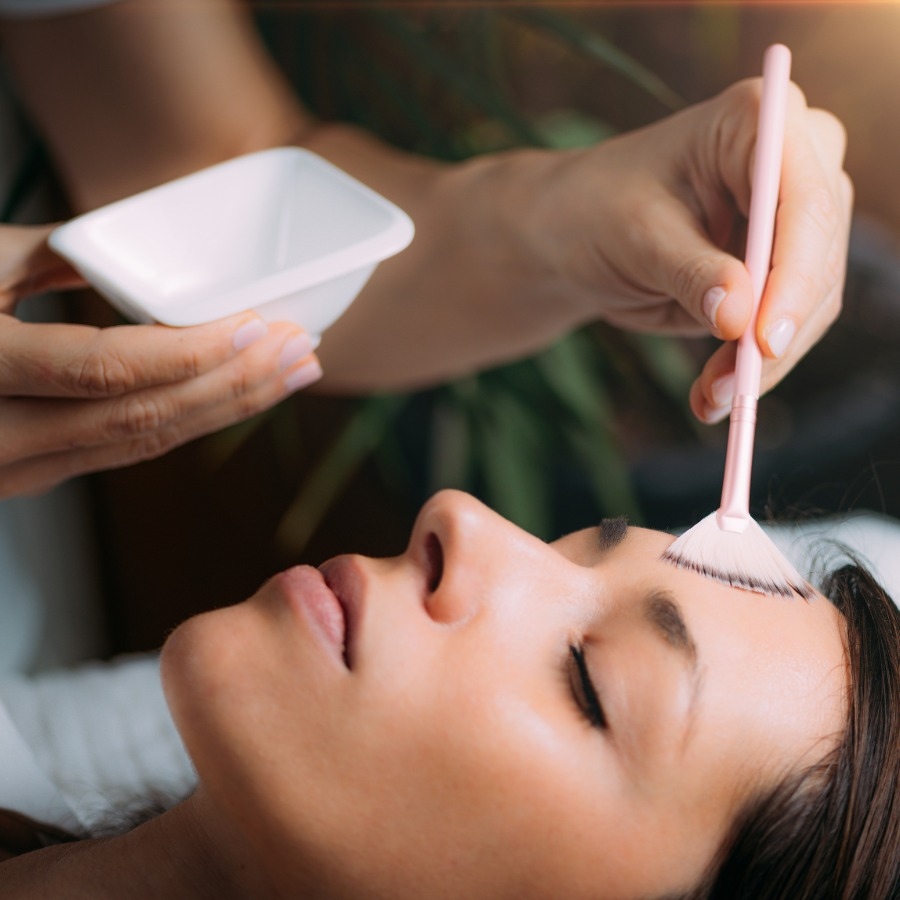Considering a chemical peel on your next visit to the aesthetician? Then you are probably wondering if chemical peeling is the best option, as there are a lot of other alternatives out there with the same end goal: to have rejuvenated skin. If you don't like surgery, chemical peeling is a good non-invasive alternative for anti-aging remedies. However, like most treatments, it poses some risks you need to consider. Here you will know about the pros and cons of chemical peels, as well as the differences in recovery time and effects to help you decide whether or not this treatment is for you.
Professional Chemical Peels by Dermatologists
What Is a Chemical Peel Treatment?
A chemical peel treatment uses a chemical solution applied to the skin of the face, neck, as well as other parts of the body. It removes layers of your skin to treat skin pigmentation, fine wrinkles, facial blemishes, and other age-related skin problems. The treatment makes use of chemical acids of varying intensity levels from low to high. The type of acid is determined by a dermatologist or any licensed skincare professional, depending on your skin type. Nevertheless, whatever type of peel is used it all leads to the same results of having youthful and rejuvenated skin.
Is Chemical Peeling Good for the Skin?
The answer is yes and no. Chemical peeling is good for your skin since it improves your skin's overall appearance, controls breakouts, and removes precancerous growths, to name a few. As long as the right type of solution is used for your skin type, you will reap the benefits of chemical peeling. However, you may experience some side effects such as sun sensitivity, redness, itching, swelling and at risk of infection. The side effects vary according to skin type and the strength of the peel. These side effects require post-care remedies, so if not properly cared for these may worsen. Moreover, if the solution is incorrectly used, it can worsen skin problems like permanent discoloration, allergies or blisters. Thus, it is always best to follow the advice of a professional regarding pre and post-treatment.
Types of Chemical Peels
A medium chemical peel treats the deeper layers of the skin. It is intended for people with moderate skin problems like hyperpigmentation and acne scars. With a medium chemical peel, it helps reduce facial lines, birthmarks, and scars. It improves blotchiness and pigmentation for a younger-looking appearance. After the treatment, you may experience swelling and crusted skin that may take longer to recover. Afterwards, the skin may turn brown and peel off in a week or two. You can normally see some changes after one treatment, but you will need multiple sessions to see its full desired effects.
A medium chemical peel treats the more profound layer of the skin. It is intended for people with moderate skin problems including hyperpigmentation and acne scars. With a medium chemical peel, it helps reduce facial lines, birthmarks, and scars, improving blotchiness and pigmentation for a younger-looking appearance. After the treatment, you may experience swelling and crusted skin that may take longer to recover. Afterwards, the skin may turn brown and peel off in a week or two. You can normally see some changes after one treatment, but you will need multiple sessions to see the full effects of the treatment.
A deep chemical peel involves peeling up to the third layer of the skin or known as the reticular dermis. It treats people with the worst or more severe skin conditions including wrinkles, severe acne, and scarring. With a deep chemical peel, it can control skin breakouts. Moreover, it removes or lessens deep scars, pre-cancerous growths, age spots, and coarse wrinkles. Because of the deeper skin layers involved, you need to undergo local anesthesia or sedation. Despite the longer recovery time, you can expect dramatic results with just one session.
Are Chemical Peels Safe?
It is important to note that chemical peels or other skin treatments, in general, pose some risks or side effects. It is usually safe to undergo a chemical peel treatment, as long as the correct chemical solution matches your skin. Moreover, find a qualified well-trained professional who can perform the procedure well. If you do not consult with a professional, then a chemical peel can be unsafe and worsen your skin condition.
Does Chemical Peeling Hurt?
Although a chemical peel is not normally painful, you may feel a burning or stinging sensation during the treatment and a few days or weeks after the treatment. Healing time depends on the type of peel applied, usually lasting for a week or more. Some people even experience mild tingling and tightness on the face that can be alleviated with a cool compress.
Chemical Peel Ingredients
The ingredients or the type of acid varies depending on the type of chemical peel. Generally, mild peels use Glycolic acid, Lactic acid, Mandelic acid and Salicylic acid. Medium peels use a medium intensity ingredient such as Jessner’s solution and TCA, whereas deep peels use the strongest chemical Phenol. Some other common ingredients for chemical peels are Polyphenols, Alpha hydroxy acid (AHA), Hydroquinone, Resorcinol exfoliant, and Vitamin C.
What Is the Strongest Chemical Peeling?
The strongest chemical used is Phenol. It is used only in deep chemical peels that penetrate the more in-depth layers of the skin. It requires you to undergo local anaesthesia or sedation to manage discomfort or burning sensations.
Chemical Peel Recovery Time
With a mild or light peel, recovery time is much faster so you can still do your normal activities right after the treatment. Medium peels usually heal after a week or two, but redness can last several weeks or months. Deep chemical peels have a longer healing time which can take two to three weeks or more to recover. It is best to talk to your dermatologist regarding recovery time and to know the best time to do your normal activities.
Chemical Peel Post Care
During the recovery time, the skin is more sensitive than ever when exposed to sunlight or heat. After a chemical peel treatment, it is necessary to apply sunscreen with high SPF and avoid direct sunlight until the side effects subside or are completely gone. Apply petroleum jelly or heavy moisturizers to hydrate and protect your skin. To further lessen recovery time, washing with cool water can help alleviate the tingling or itchy sensations. Moreover, do not forget to drink lots of water to prevent dryness or tightening of the skin. Finally, you need to avoid exposing your skin to chlorinated water, going to saunas and working out. In general, you need to avoid things that would warm up your face and increase blood circulation as this only aggravates the side effects. Normal activities can be resumed if you feel like your skin is going back to a normal state or as advised by your skincare professional.
Chemical Peel Results
The results vary depending on the type of chemical peel treatment. It is common to have a similar effect as a sunburn which includes redness and scaling. For medium and deep peels, you may experience swelling and blisters that may crust and peel off after a few weeks. After these side effects subside, you can see dramatic results that make your skin look young. The skin feels tighter so it minimizes wrinkles and fine lines. It also diminishes patchy areas and age spots, making your skin more radiant. However, these results are not permanent as aging and continuous sun exposure can develop new wrinkles and pigmentation over time.
Indications of Chemical Peeling
Chemical Peeling for Skin Whitening
A chemical peel penetrates the first layer of the skin to develop new healthy skin. A solution commonly used for this treatment is Alpha hydroxy acid (AHA) that helps exfoliate the skin. Exfoliation will help remove dark spots and uneven skin tone, creating brighter and lighter skin.
Chemical Peel for Acne
The most popular solutions for acne problems are Salicylic acid, Glycolic acid, Jessner's solution, and TCA. These solutions have anti-inflammatory and exfoliative properties that help manage acne, unclog pores, and reduce pimples.
Chemical Peel for Acne Scars
Because of its exfoliative properties, chemical peels can help reduce the appearance of acne scars and marks over time. Besides removing dead skin cells, it promotes new skin growth that helps fill in new tissues in the deep acne scars.
Chemical Peel on Buttocks
Chemical peels have the same effects on any part of the body. It provides similar results to your buttocks by exfoliating the skin to improve skin problems like butt acne. Moreover, its new skin growth promotes collagen production and enhances elasticity. Thus, making your buttocks more supple and firm.
Chemical Peel for Hyperpigmentation
Hyperpigmentation happens with excess melanin that causes dark patches of skin surrounding your normal skin tone. With a chemical peel, it helps remove or reduce the appearance of uneven skin color, from acne marks to sunspots and freckles. It helps alleviate certain skin conditions related to aging and may even reverse melasma.
Chemical Peel on Neck
As a common rule for most skin products, whatever you apply to the face should also be the same on the neck to produce an even skin tone and a better overall appearance. The same rule applies to chemical peeling if applied to both the face and neck, which restores and balances out the new skin tone and texture. It diminishes fine lines, wrinkles and signs of aging of the neck, as well as improves elasticity and texture.
Chemical Peel on Dark Skin
Although chemical peels show more visible results to people with fair skin, those with darker skin may still produce healthy skin results depending on the skin condition. For safe and effective treatments, it is common to use Salicylic acid, Glycolic acid and Jessner's solution for dark-skinned candidates. Medium or deep peels can cause permanent discoloration to those with dark skin. It may leave lighter patches behind, so it is best to consult with licensed skincare professionals to determine the most suitable chemical solution.
Chemical Peel for Rosacea
People who suffer from mild to moderate Rosacea can be treated safely with low concentrations of Salicylic acid, Glycolic acid, or TSA. It exfoliates the skin and replaces new skin cells, which helps reduce redness, inflammation and red bumps.
Chemical Peel on Lips
We tend to forget our lips are as important as our skin, as it incurs the same damage caused by environmental factors. With chemical peels, it removes the dry and rough texture of the lips. However, it is not always advisable to use peels on chapped or cut lips as it stings and burns. Some common chemical solutions that work well in plumping and smoothening lip lines are AHAs including Glycolic acid, Lactic acid, and Mandelic acid, as well as TCA.
Chemical Peel for Dark Spots
As chemical peels remove dead and dark skin cells, the skin produces new skin cell growth that will lighten dark spots. With just one peel, it diminishes hyperpigmentation and makes the overall skin condition appear brighter and even.
Contraindications of Chemical Peeling
Chemical Peel Side Effects
Although chemical peels produce good results, you need to be aware of the side effects and risks involved. Mild peels have fewer risks and milder side effects compared to medium and deep peels. During and after a chemical peel treatment, it can cause temporary side effects including redness, itching, burning and stinging sensations. After the treatment, peeling or crusting of the skin, as well as light sensitivity are experienced. If the treatment is not applied correctly, it can cause serious effects from permanent pigmentation to scarring. After a deep chemical peel, you may feel throbbing and severe inflammation and places you at higher risk of infection. To reduce the risks of undesired side effects, it is important to consult with a professional to know the most suitable chemical peel that will effectively resolve your skin problems.
Chemical Peel Alternatives
Chemical Peel Vs CO2 Laser
CO2 Laser or known as laser resurfacing is a resurfacing treatment that vaporizes the skin for collagen regeneration. It produces the same results as a chemical peel but in a more targeted and intense method. It is more expensive than chemical peels and can take a few months to recover. Choosing whether to use chemical peels or Co2 Laser highly depends on your expectations on recovery time, skin results, and budget.
Chemical Peel Vs Microdermabrasion
Microdermabrasion is a non-invasive procedure that exfoliates the outer layer of the skin by using a special vacuum tool. It has the same goal as a chemical peel including removing wrinkles, fine lines, blemishes, dark spots, and other skin problems. Chemical peel and Microdermabrasion both exfoliate the skin. The only difference is that chemical peels use chemicals to shed the skin, whereas Microdermabrasion uses a tool for physical exfoliation. Some important differences to know is that Microdermabrasion is painless, more affordable, heals faster, and needs no downtime. Although chemical peels are more expensive and painful, it promises long-lasting results compared to Microdermabrasion.
Chemical Peel Vs Hydrafacial
Hydrafacial is a non-invasive treatment that exfoliates the skin while not causing any skin damage. It is similar to a mild peel which only exfoliates the topmost layer of the skin. This facial clears the pores from dirt and sebum while hydrating the skin as well. The key difference is that Hydrafacial does not have any downtime since it does not damage the skin. Hydrafacial can be good for you if you prefer mild skin treatments without worrying about risks, side effects or downtime.
Chemical Peel Vs Dermaplaning
Dermaplaning is a painless, non-invasive treatment that involves using a surgical blade to gently scrape only the topmost layers of the skin to promote new skin growth. This process enhances collagen production for a firm and smooth skin. It can be done once a month on the face only and not on other parts of the body. The results usually last for a month and require no downtime, unlike chemical peels which last longer but requires longer recovery time. When choosing between the two, it depends on the depth or intensity you prefer. Dermaplaning involves only the top layer of the skin, whereas chemical peels can go as deep as the subcutaneous layers, which can help with wrinkles and major skin damage.
Chemical Peel Vs RF Lifting
RF Lifting or Radiofrequency Lifting heats the deep layers of the skin for about 40°C. With heat involved, it stimulates new collagen production that smoothens and tightens the skin. Both RF Lifting and chemical peels have the same benefits, but chemical peeling is the most affordable option. Choosing the most suitable treatment according to your skin condition and budget should be first consulted with a professional.
Are Chemical Peels Worth It?
Chemical peels are worth every penny if applied correctly. If done in the wrong hands, it can do more harm than good such as permanent pigmentation or scarring. You have to endure the side effects in the first weeks of post-treatment. If you think you can take the side effects, then this treatment can be good for you. Other than that, it promises you rejuvenated, healthy skin. It is still one of the most preferred treatments for a youthful glow and considered among the most effective treatments in improving your skin's overall condition, from diminishing dark spots to controlling acne and reducing wrinkles. Chemical peeling is more budget-friendly compared to other alternatives and produces long-lasting results. Before undergoing a chemical peel treatment whether in a clinic or at home, always talk to a professional to know the risks involved, the strength or type of solution best suited to your skin.
















